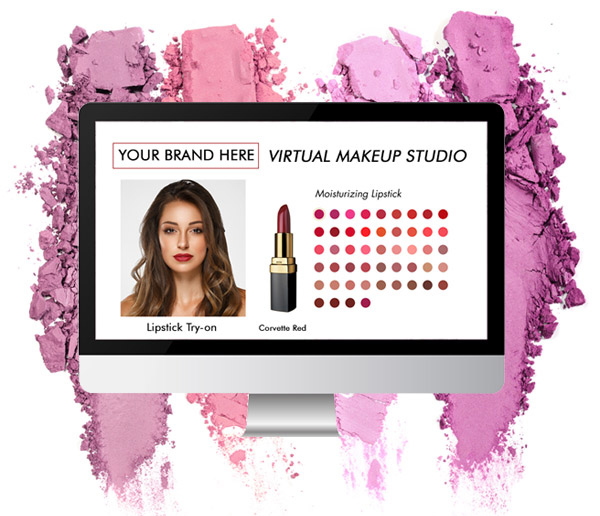Advantages of Whitelabel Augmented Reality Software
Those who own a brand or are in the marketing and advertising business can benefit from
whitelabel augmented reality software. With the right software, the possibilities are endless.
For example, manufacturers and engineering firms can offer AR solutions for their clients.
Oil and gas companies can sell branded AR solutions for their industry insurances and machine rentals. Service providers within the energy industry can also use whitelabel augmented reality software. Here are some advantages of branded augmented reality software.
Fully branded augmented reality software
If you haven’t heard of fully branded augmented reality software, you’re missing out. The
newest technology allows you to place trackers in print, packaging, and products that will
trigger AR experiences for customers. The US Postal Service was among the first to take
advantage of AR by allowing users to scan collection boxes and watch a holiday experience.
Retail brands also enjoy immediate benefits from AR.
For example, IKEA’s iKAR app allows customers to take photos of their homes, and then use the app to position the 3D models in the home. Apple has also adopted the AR technology, and IKEA is expected to do so as well.
When integrating AR into your marketing strategy, you will find that your customers will
appreciate the experience. By incorporating AR into your marketing plan, you can focus on
bringing your brand’s message to life and engaging customers. AR is also a great way to
increase social sharing and customer retention rates, which is a win-win-win situation. Unlike traditional marketing methods, branded augmented reality can dramatically boost customer engagement and retention rates.
Another great use of AR in retail is the IKEA Place app. Through this app, customers can
position catalog items at scale and see how they look in the space. With 98 percent accuracy,IKEA Place is able to project a full-sized 3D model of the furniture in the room. This is a fantastic way to preview the furniture in the home before purchasing it.
It’s even possible to extend AR to items that are too heavy or bulky for traditional retail locations.A few other applications of augmented reality are a great way to test out products beforebuying them. Sephora, for example, has a virtual try-on solution with its Sephora application.
Modiface technology uses eye and lip scans to overlay products on the customer’s face.
Privacy concerns have also been addressed with new solutions. In the near future, AR may
become the norm for shopping. You should be prepared for the new wave of technology.
In order to successfully create an AR app for your business, you need to understand how the
technology works. Mobile devices are becoming more powerful, so it is critical to create
software that can make the most of this new medium. Mobile devices have highly-developed
cameras, GPS systems, and accelerometers. All of these capabilities make AR an excellent
tool for businesses to engage customers.
In the near future, we’ll see 2.4 billion AR users.
Reporting built-in to augmented reality software
Reporting built-in to augmented reality systems helps users visualize changes to their
environment. By integrating AR information into existing systems, users can help others
understand their history, learn about events, and plan maintenance activities. The software
can also provide valuable information about assets.
By integrating AR into existing systems,
companies can streamline reporting processes and prevent costly downtime. But how do youuse AR to improve your business? Read on to discover the benefits of AR for business.
To create an augmented reality app, you’ll need 3D objects that you can either download or
create yourself. You’ll also need 2D trackers, which are pictures placed on surfaces to be
scanned by an AR-aided device. Once you’ve gathered all of these elements, you can combine them onto a platform of your choice. Then, just follow the steps below to make your AR app a reality.


